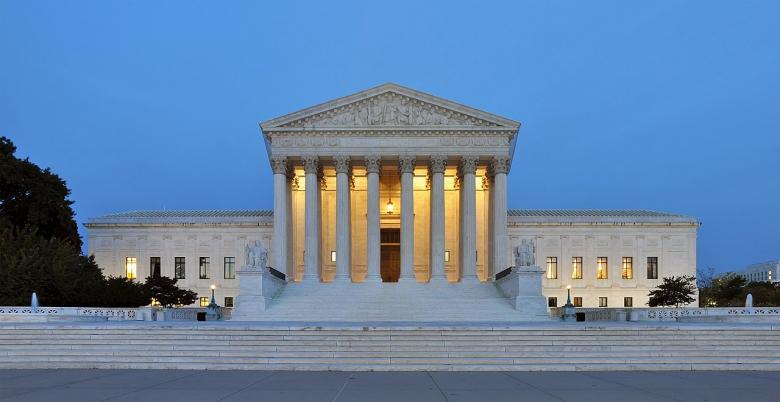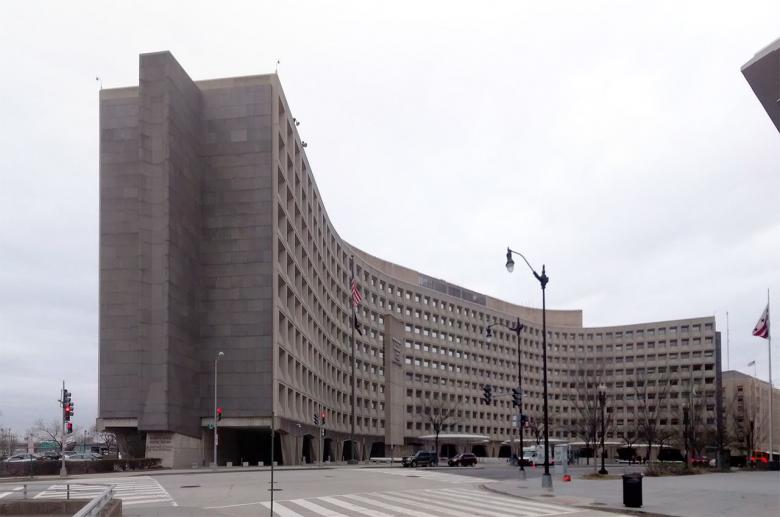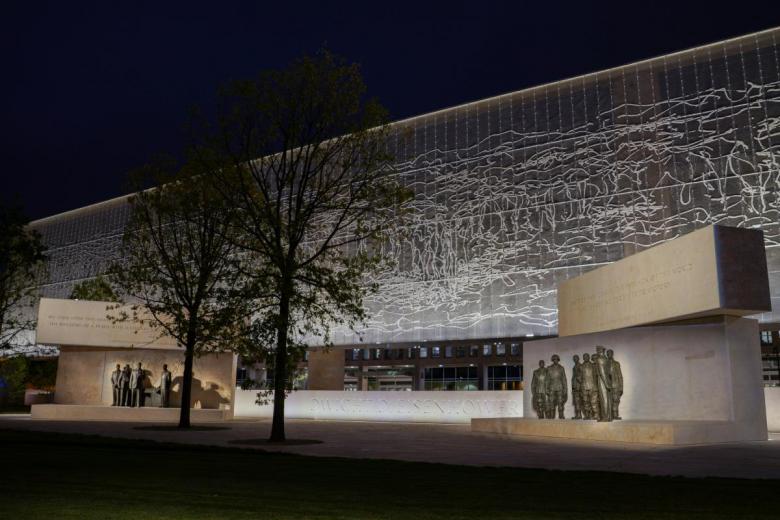Trump Signs Executive Order Promoting 'Beautiful' Architecture
John Hill
22. December 2020
United States Supreme Court Building, Cass Gilbert, 1935 (Photo: Joe Ravi/CC-BY-SA 3.0/Wikimedia Commons)
In one of his last official acts as the 45th President of the United States, Donald Trump has signed the "Executive Order on Promoting Beautiful Federal Civic Architecture."
Oddly, in a year defined by the coronavirus pandemic, 2020 is also being bookended by an executive order focused on the relatively inconsequential issue of architectural style. In the first week of February, a draft of an executive order mandating "the classical architectural style shall be the preferred and default style" for federal buildings was leaked. Titled "Making Federal Buildings Beautiful Again" — an obvious reference to Trump's 2016 campaign motto, "Make America Great Again" — the draft order would have served to reverse the 1962 Guiding Principles for Federal Architecture, which the current administration argued led to buildings of "little aesthetic appeal." The order would have mandated neoclassical architecture in the design of all new federal buildings in Washington, DC, plus federal buildings outside DC carrying a budget of more than $50 million. Even though it took a further eight months to craft the order and get it signed, the administration did work its language into contracts for new buildings in the interim.
As signed, the "Executive Order on Promoting Beautiful Federal Civic Architecture" stops short of the draft's strictness but maintains the same preference for classical styles and a strong disdain for modern architecture and other derivatives, explicitly Brutalism and Deconstructivism. The order does say that in the District of Columbia, home to the White House, the Capitol, and other classically designed monuments, "classical architecture shall be the preferred and default architecture for Federal public buildings absent exceptional factors necessitating another kind of architecture," but outside of DC, in federal buildings over $50 million, architectural designs just need to meet vague criteria of beauty set out by the order. They need to "uplift and beautify public spaces, inspire the human spirit, ennoble the United States, and command respect from the general public," while also being "visually identifiable as civic buildings and, as appropriate, respect regional architectural heritage."
Robert C. Weaver Federal Building, Marcel Breuer, 1968 (Photo: Gunnar Klack/Wikimedia Commons)
So many questions arise from the order's language. Who will judge that these criteria are met, for instance, and how will "exceptional factors necessitating another kind of architecture" be determined? To address these and other issues, the executive order establishes the "President’s Council on Improving Federal Civic Architecture," which will be comprised of the members of the Commission of Fine Arts, the Architect of the Capitol, the Chief Architect of the General Services Administration (the GSA oversees the construction of federal buildings), and others. By September 30, 2021, when the Council is terminated per the order, the Council is meant to submit a report "recommending updates to GSA’s policies and procedures to incorporate the policies" of the order.
The Council's main goal, it seems, is to dismantle the Guiding Principles for Federal Architecture laid out in 1962 by then-future Senator Patrick Moynihan, principles that have led to an overt embrace of modern and contemporary architecture since. As developer, Trump built apartment towers in Manhattan in modern styles, so it's unlikely he is the driving force behind the order. More likely it is Justin Shubow, who Trump appointed to the Commission of Fine Arts in 2019. (He is one of three Trump appointees to the seven-member commission and, as The Architect's Newspaper points out, Trump could appoint four more before he leaves office, filling it with neoclassical proponents.*) Shubow heads the National Civic Art Society, whose most famous action was unsuccessfully trying to stop the the Dwight D. Eisenhower Memorial that was designed by Frank Gehry and opened in September of this year. The group was behind a poll earlier this year that asked 2,000 Americans about their preferred architectural style by pairing photographs of classical and modern buildings like those shown above. Not surprisingly, given the tactics, the results fell in favor of traditional over modern.
Eisenhower Memorial, Frank Gehry, 2020 (Photo courtesy of Dwight D. Eisenhower Memorial Commission)
It's also no surprise that yesterday, the same day the order was issued, the National Civic Art Society issued a press release applauding Trump for the executive order. Shubow asserts in the press release that "Americans have long understood that classical architecture is [...] beautiful" and therefore the "design of federal buildings should reflect the aesthetic and symbolic preferences of the people they are built to serve – namely, classical and traditional architecture." In language approaching that of the conspiracy theories Trump favors, Shubow also contends that "Modernist mandarins controlling government architecture have been forcing ugly designs upon us" since the establishment of the Guiding Principles. Ironically, the executive order wishes to wield an even greater level of control, in DC at least, but in favor of classical styles.
It should be noted that the Guiding Principles targeted by the executive order, and the GSA's Design Excellence Program, do not mandate modern or contemporary architecture; the principles actually say, "the development of an official style must be avoided." They call for "an architectural style and form which is distinguished and which will reflect the dignity, enterprise, vigor, and stability of the American National Government." Although the 1962 directive led to many modern and contemporary federal buildings, its language is being echoed literally by the new executive order, which actually says, "great care and consideration must be taken to choose a design [for a federal building] that commands respect from the general public and clearly conveys to the general public the dignity, enterprise, vigor, and stability of America’s system of self-government." Same goals, different styles.
Related articles
-
The Style Wars Resume
on 6/14/23
-
Biden Shakes up Commission of Fine Arts
on 5/26/21
-
A Donald J. Trump Library
on 10/30/20


